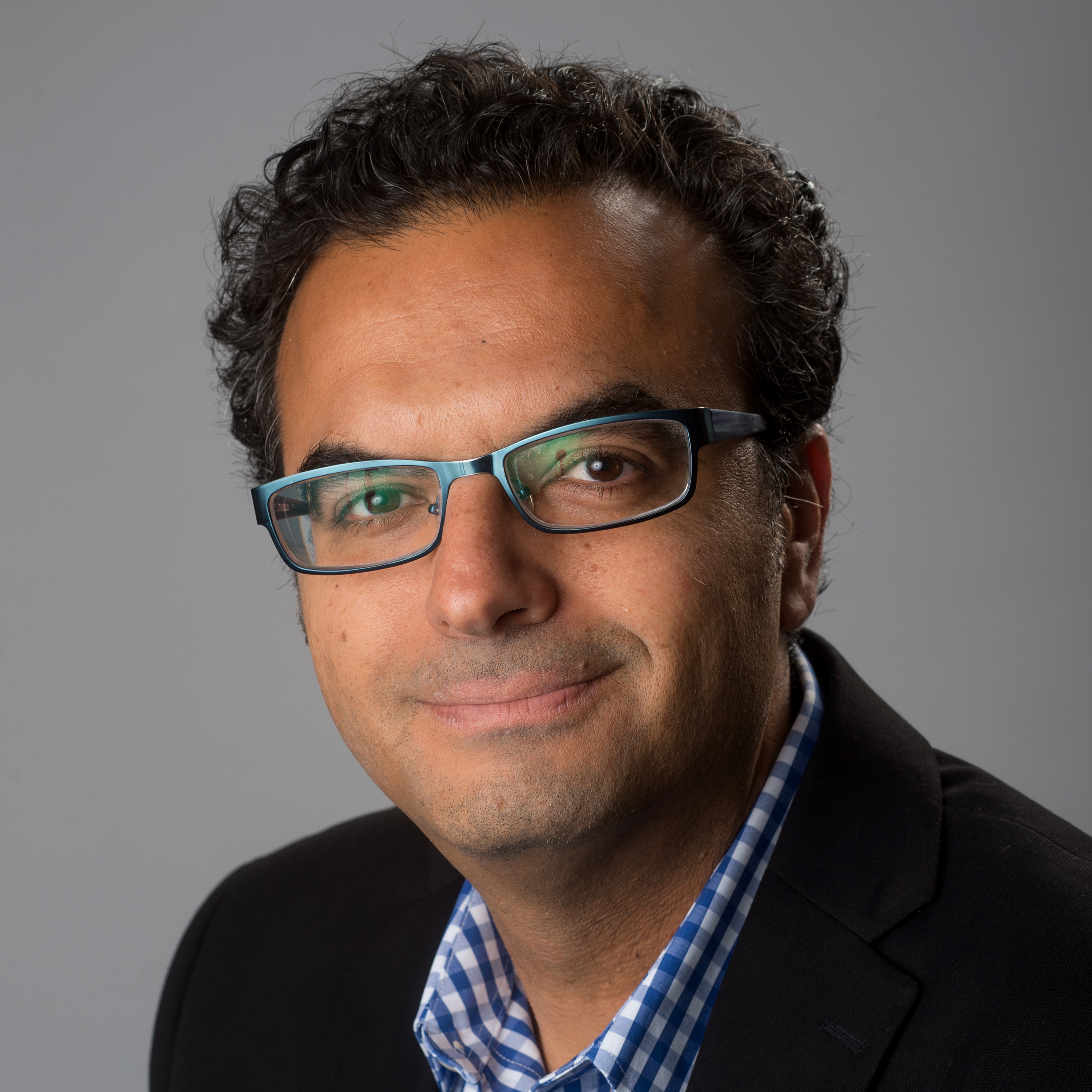Objectives
We aim to demonstrate the next generation “6G” Hydra basestation capable of forming 1000’s of spatially-multiplexed 140 GHz beams to 1000’s of users supporting > 10 Gb/s of transfer throughput and > 1 Tb/s of backhaul capacity with a range exceeding 100 meters.
Approach
The demonstration of the multi-user MIMO (MU-MIMO) system is realized using custom CMOS transceivers at 140 GHz (“Head Module”), CMOS baseband signal acquisition, equalization, DSP, and high speed SerDes links (“Spine Module”) to realize a distributed and scalable multi-user beam forming system. The chips are co-packaged and integrated with III-V InP / GaN front-end modules to improve range and sensitivity.
Our team works closely with UC Santa Barbara and UC San Diego to realize the full solution. Our team is responsible for the CMOS chipset that will implement the Hydra distributed beam forming architecture. Santa Barbara is focusing on the front-end module for high power and 140 GHz packaging/antenna design, and San Diego is focusing on the 2D phased-array module for the handset.
Accomplishments
To date we have demonstrated the Hydra beam forming system using discrete off-the-shelf components realized with custom patch antennas, E-band III-V Head Modules, commercial ADC/DACs, and FPGA spine modules. We have successfully powered up >60 E-band head modules, demonstrated the daisy chained FPGA modules, distributed digital beam forming, and back-end interference cancellation. Up to 4 beams have been demonstrated, limited only by the number of “handset” modules. In the future, we plan to scale this to 16 simultaneous users and 128 antenna heads.
Team Leader
Ali M. Niknejad received the Ph.D. degrees in electrical engineering from the University of California, Berkeley 2000, where he is currently a professor and faculty director of the Berkeley Wireless Research Center (BWRC). Prof. Niknejad is an IEEE Fellow, the recipient of the 2012 ASEE Frederick Emmons Terman Award for his textbook on electromagnetics and RF integrated circuits. He was the co-recipient of the IEEE International Solid-State Circuits Conference (ISSCC) 2013 and 2010 Jack Kilby Awards for Outstanding Student Papers, and the co-recipient of the Outstanding Technology Directions Paper at ISSCC 2004 for co-developing a modeling approach for devices up to 65 GHz. He is a co-founder of HMicro and the inventor of the REACH(™) technology, which has the potential to deliver robust wireless solutions to the healthcare industry. His general research interests lie within the area of wireless communications and biomedical sensors and imaging. His focus areas of his research include analog, RF, mixed-signal, mm-wave circuits, device physics and compact modeling, and numerical techniques in electromagnetics.
Publications
Material pending.
